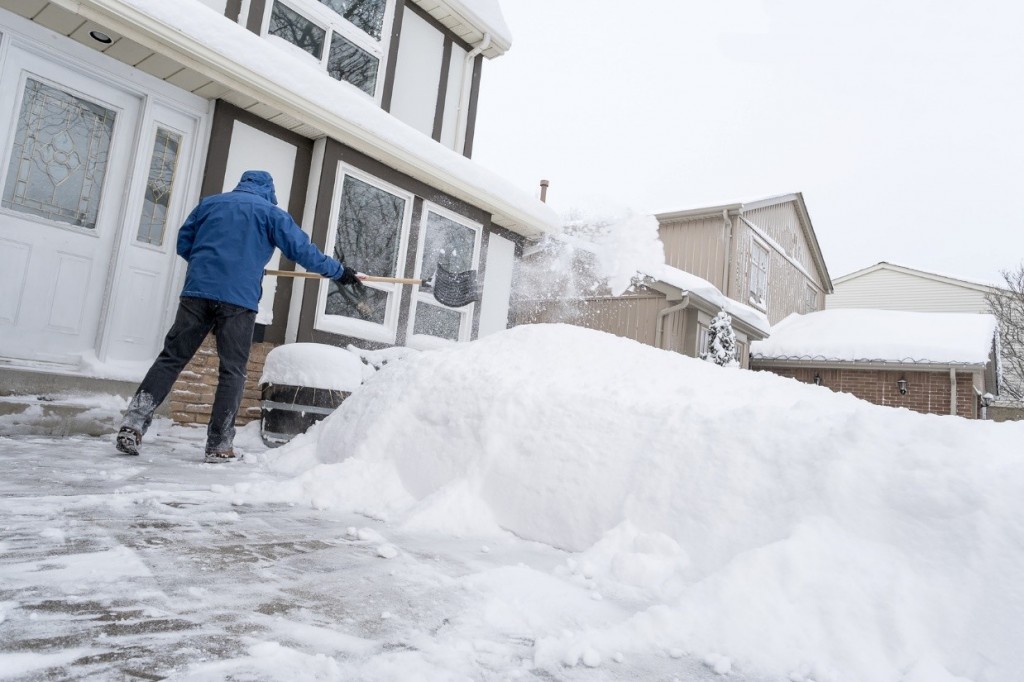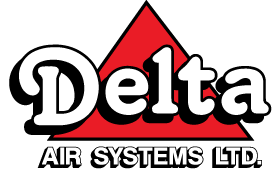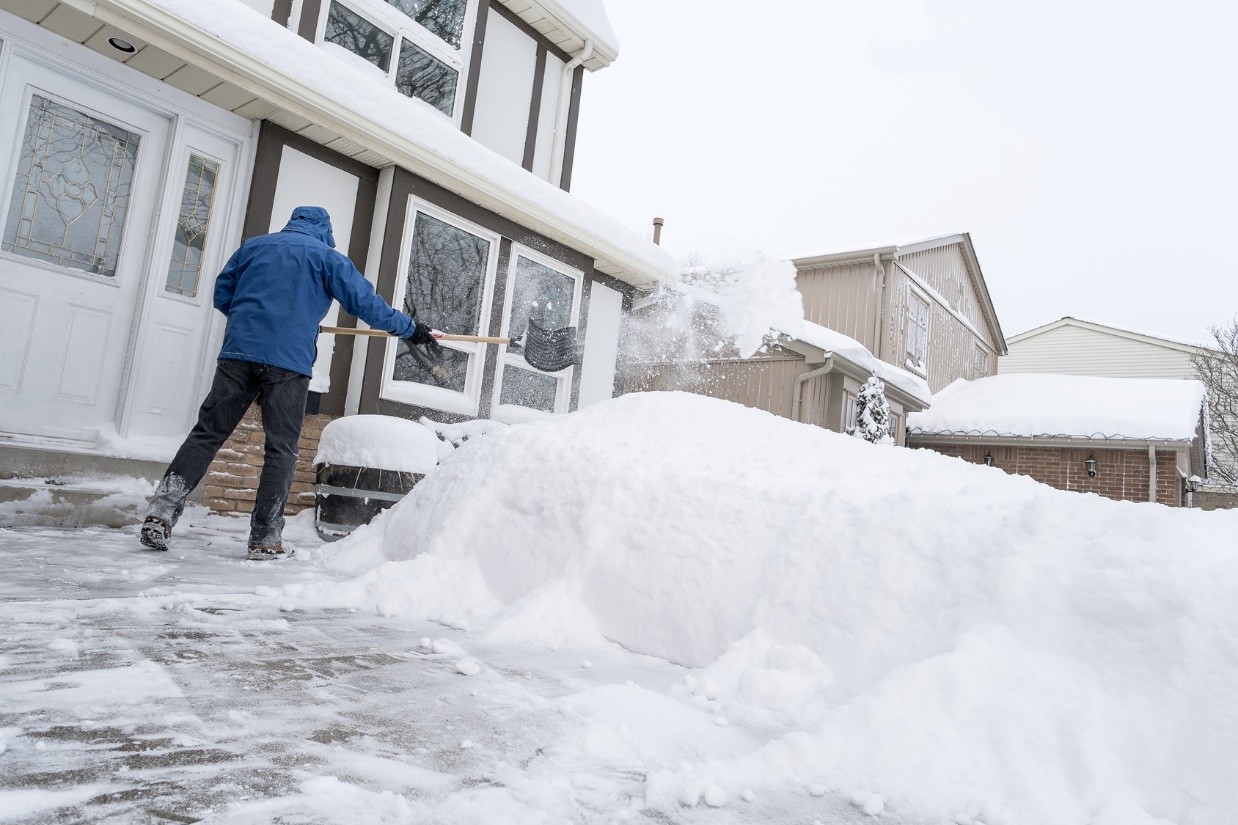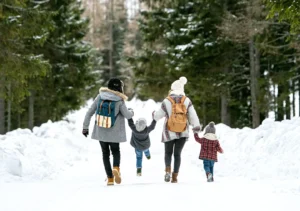
It just snowed and now your furnace stopped working, don’t worry, you’re in the right place.
As an adult, snow isn’t nearly as fun as it used to be, especially in large quantities. After shovelling, walking through and shaking off the snow, nothing could be worse than finding out that your furnace has shut down without so much as a hint of a prior issue.
While it is entirely possible that this could be a larger issue, especially if you have an older furnace, there is one thing you should definitely check before you call a service technician: Make sure your intake and exhaust pipes are clear of snow!
Some furnaces – especially new, high efficient furnaces – have exhaust or intake pipes that run to the exterior of the house. When there are large snowfalls or snowfalls with high winds, snow can clog up these pipes. As a result, your furnace will hit the emergency stop button. With some furnaces more costly issues can develop without proper airflow. So in essence, the shutdown function is intended to prevent this from happening.
So, before you cost yourself a service call, here is a walk-through of the troubleshooting process:
- Find where the exhaust/intake pipes are connected to your furnace. These pipes will be non-metallic (likely plastic) and they will attach to your furnace and end on an exterior wall. Once located, find where they lead to the outdoors and get your snow gear ready!
- Once you’re all bundled up and have your shovel ready, find where you think the pipes lead to and start digging. You’ll want to clear all snow from around the area to ensure you don’t have a continuing issue. Once done, check and see if there is anything clogging the pipe(s).
- When you’re done clearing the snow, your furnace should begin running on its own. If it doesn’t begin running immediately, you may need to start it yourself (using the starting instructions attached to your furnace).
If this doesn’t work, get in touch with Delta Air Systems immediately. Click here to contact us.



